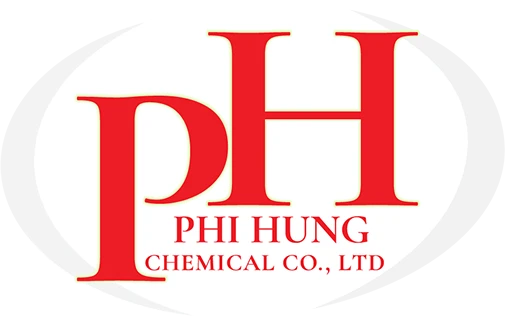

Product information:
Butyl Acetate (N-Butyl Acetate, BAC)
Butyl acetate, also known as n-Butyl Acetate (BAC), is an organic compound with the chemical formula CH₃COOCH₂CH₂CH₂CH₃. This substance is widely used as a solvent in the paint manufacturing industry and other applications. It has a distinctive fruity aroma similar to ripe bananas, which is why it is commonly referred to in the market as “aromatic gasoline”.
Butyl acetate is also used as a synthetic fruit flavoring in food products such as candies, ice creams, and packaged foods. Additionally, it occurs naturally in various fruits. It is a colorless, flammable liquid with a characteristic banana-like scent. Other isomers of butyl acetate include isobutyl acetate, tert-butyl acetate, and sec-butyl acetate.
Description and Properties of Butyl Acetate (N-Butyl Acetate)
Butyl acetate (abbreviated as N-BAC, BAC) is a colorless, transparent liquid with a moderate evaporation rate and an ester-like odor.
- It is soluble in most organic solvents, including alcohols, ketones, aldehydes, ethers, glycol ethers, and aliphatic hydrocarbons. However, it has limited solubility in water.
- It can dissolve cellulose nitrate, polymers, resins, and oils, making it an essential solvent in industries such as paint manufacturing, leather industry, paper production, and chemicals.
Chemical Formula of Butyl Acetate
- Molecular Formula: C₆H₁₂O₂
- CAS Number: 123-86-4
Physical Properties of Butyl Acetate (C₆H₁₂O₂)
| Property | Value |
|---|---|
| Molecular Formula | C₆H₁₂O₂ |
| CAS Number | 123-86-4 |
| Molar Mass | 116.16 g/mol |
| Appearance | Colorless liquid, fruity odor |
| Density | 0.88 g/cm³ (liquid) |
| Melting Point | -74°C (-101°F) |
| Boiling Point | 126°C (256°F) |
| Water Solubility | 0.7 g/100 ml (at 20°C) |
Applications of Butyl Acetate (C₆H₁₂O₂)
- Paint Solvent:
- N-Butyl Acetate is an essential solvent in the paint industry.
- It effectively dissolves nitrocellulose, resins, polymers, oils, and fats.
- Its evaporation rate is suitable for drying processes, preventing cloudiness on paint surfaces and ensuring a smooth, glossy finish.
- Ink and Coating Applications:
- Used in combination with n-Butanol to enhance anti-blushing properties and improve solubility.
- Reduces paint viscosity, improving application and drying.
- Should not be used in paints containing free OH groups, such as urethane coatings.
- Pharmaceutical Industry:
- Used as an extraction solvent in drug formulation.
- Found in cleaning agents and fragrance formulations.
- Has low water absorption, hydrolysis resistance, and good solubility properties.
Production of Butyl Acetate (N-Butyl Acetate)
The production process of Butyl Acetate typically involves the esterification of butanol isomers with acetic acid, using sulfuric acid as a catalyst.
Production Steps:
- Reacting Butanol with Acetic Acid in an esterification reactor, with sulfuric acid as a catalyst. The reaction occurs at 120°C, removing water as a byproduct.
- Neutralization of the crude ester product before further processing.
- Distillation to separate components and refine the product.
- Condensation, water removal, and recovery of esters, followed by final distillation at 126°C to obtain purified Butyl Acetate.
Storage and Handling of Butyl Acetate (C₆H₁₂O₂)
To ensure safety and maintain product stability, follow these storage guidelines:
- Temperature Control: Store at an appropriate temperature range (15-30°C / 59-86°F). Avoid extreme heat or cold, which may degrade quality.
- Avoid Direct Sunlight: Exposure to UV rays may cause decomposition or unwanted chemical reactions.
- Seal Containers Properly: Keep containers tightly closed after use to prevent contact with air and moisture, maintaining the product’s stability.
- Prevent Air Exposure: Minimize exposure to air, as this can increase flammability risks.
- Keep Away from Open Flames and High Heat: Butyl Acetate is highly flammable.
- Store in a Well-Ventilated Area: Ensure proper ventilation to prevent the accumulation of Butyl Acetate vapors.
- Handle with Care: Avoid shaking or dropping containers to prevent spills or damage.


 Tiếng Việt
Tiếng Việt